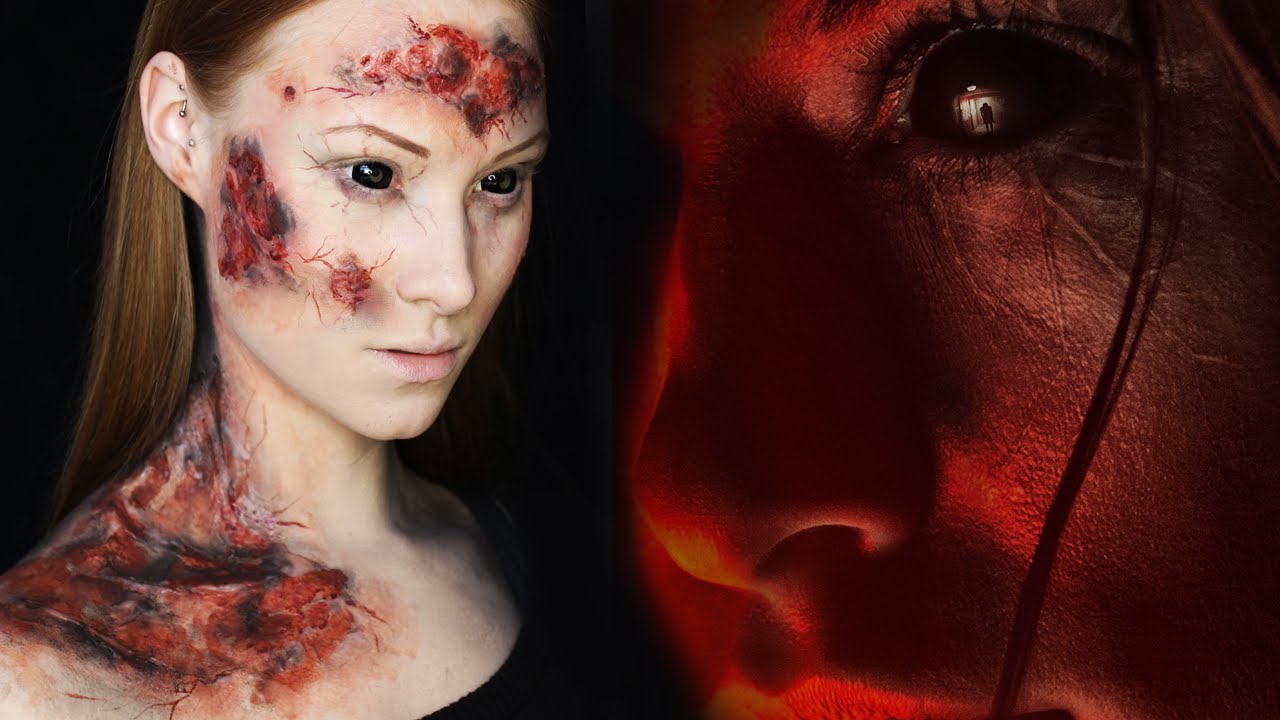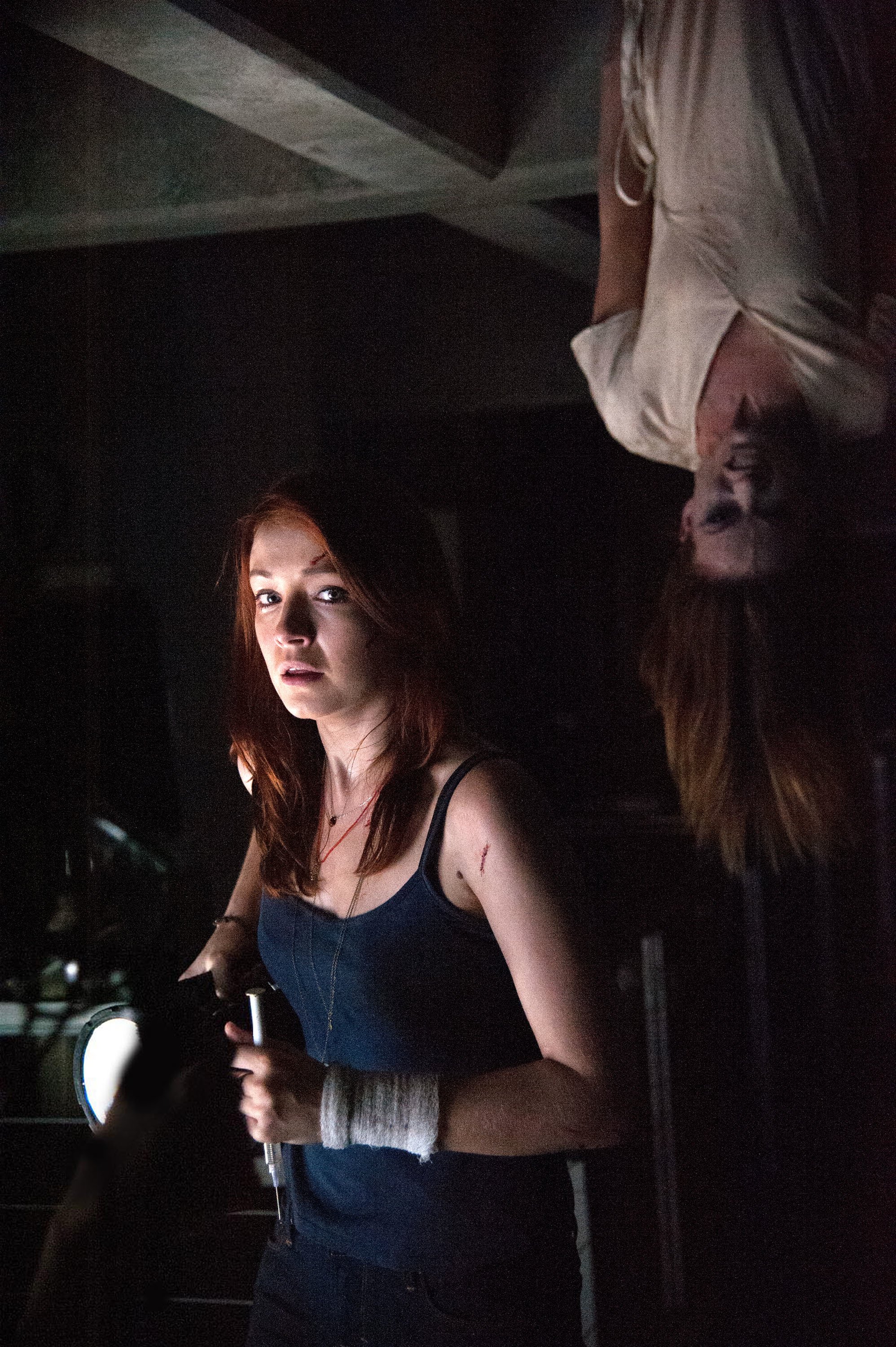

“It was around that time that I began researching this phenomenon, because I had to show evidence that these things do happen,” he says.Īfter scouring the medical literature, Adhiyaman unearthed 38 cases of Lazarus Phenomenon, which proved sufficient to demonstrate its legitimacy and exonerate him of negligence. The family believed that the CPR should not have been stopped and that the team had provided substandard care, so they took Adhiyaman to court. “But he remained unconscious in a coma for the next two days until he died on day three.” “After about 15 to 20 minutes, he started breathing,” recalls Adhiyaman. As it turns out, the situation was not that straightforward.

“It really varies on a case by case basis.” Although Adhiyaman did not officially declare death immediately after stopping CPR, a member from his team told the family that the man had died. “There isn’t any definite time frame for how long you should attempt CPR before you stop,” says Adhiyaman. His team had conducted CPR on an elderly man in is his late 70s for about 15 minutes with no response. Vedamurthy Adhiyaman, a consultant geriatrician at Glan Clwyd Hospital in North Wales, became interested in the Lazarus Phenomenon after encountering it firsthand in the early 2000s. Since then, though, the phenomenon has remained scarce in the scientific literature. gave the phenomenon its moniker in 1993, based on the Biblical story of Lazarus of Bethany, who died and was resurrected by Jesus Christ four days later. This paranoia eventually led to a new class of “safety coffins” with breathing tubes and a variety of flags, bells or pyrotechnics that would allow anyone buried prematurely to signal passersby.Īuto-resuscitation in hospitals wasn't reported in medical literature until 1982. Others were buried with crowbars and shovels.
THE LAZARUS EFFECT CAST SKIN
In the 1800s, the fear of being buried alive, known as taphophobia, was so widespread that many people included provisions in their wills calling for tests to confirm death, such as pouring hot liquids on their skin or making surgical incisions. But according to several surveys, this marvel may be more common than most people suspect due to under-reporting tied to legal concerns.įor centuries, people have had anxieties about incorrect death pronouncement and premature burials.
THE LAZARUS EFFECT CAST FULL
While the majority of these patients eventually succumb to death’s grip, as many as a third make a full recovery. The girl had experienced a rare resurrection called the “Lazarus Phenomenon,” in which patients who appear to be clinically dead sometimes spontaneously return to life. “I had never seen anything like this.” Although the young girl’s condition stabilized, she succumbed to progressive heart failure in a chronic care facility four months later. Her heart rate came back, her color improved and she had a gag reflex,” says Daugherty. “Soon after the breathing tube was removed, she started to have spontaneous breathing. And then, the team witnessed the unimaginable. After about 15 minutes, the mother asked for the breathing tube to be removed so that she could hold her daughter.

“The family wanted a little time to just be with the patient,” says Louis Daugherty, an associate professor of pediatrics at the University of Rochester Medical Center and a member of the team handling the case.

At 1:58 p.m., after two minutes flatlining without a pulse, she was pronounced dead. But the 11-month-old girl lay still, her body in cardiac arrest. By 1:56 p.m., the intensive care unit had tried everything: aggressive CPR, four shocks to the chest, seven doses of adrenaline and two bags of fluids.


 0 kommentar(er)
0 kommentar(er)
